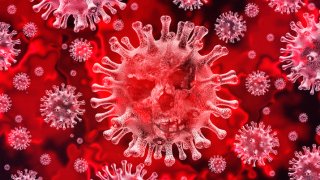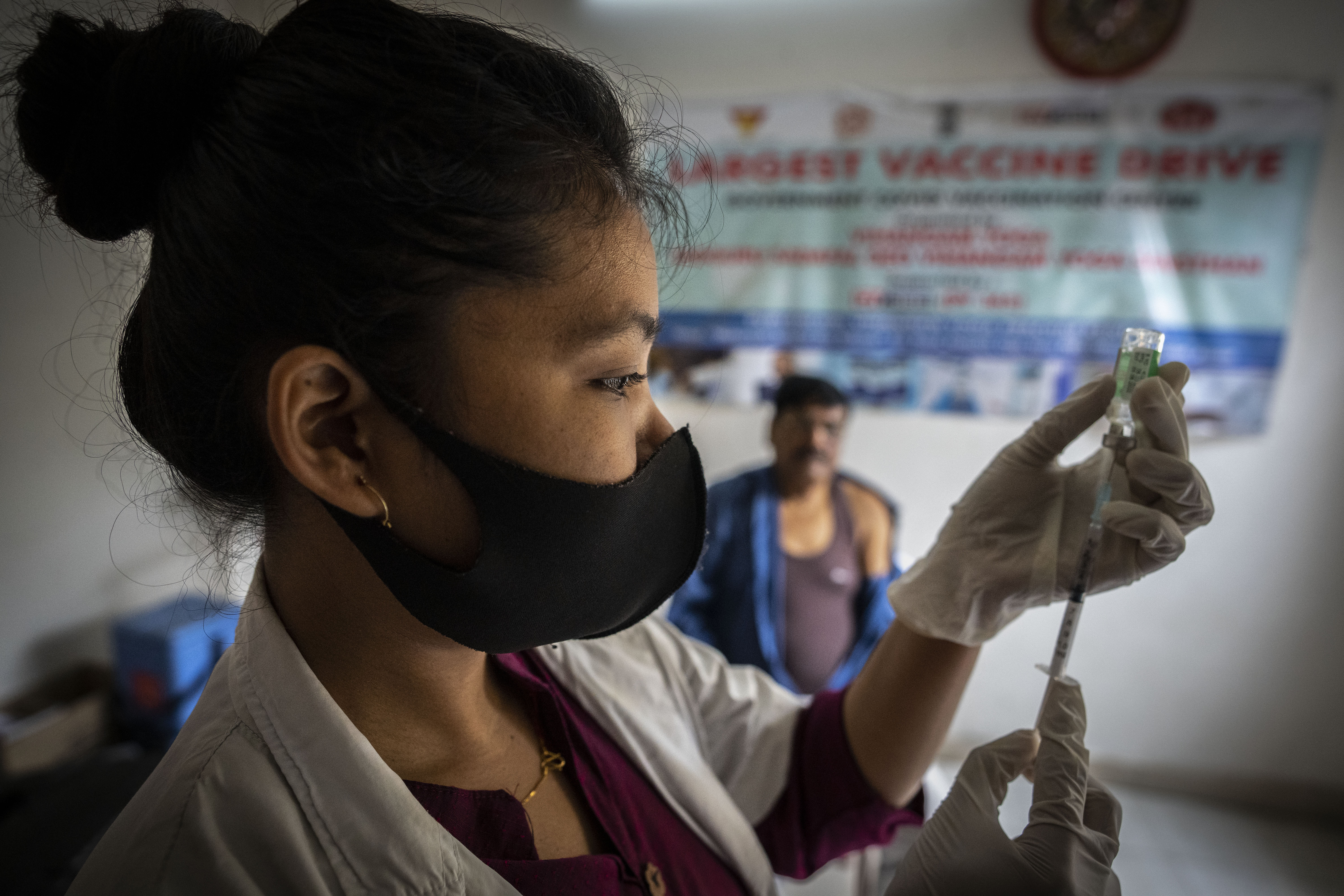
Amid a rise in COVID-19 infections in San Diego County, public health officials reminded the public Friday to seek treatment to help prevent severe symptoms from the virus.
Antiviral medications require a doctor's prescription and should be started within five days of developing symptoms of COVID-19. Monoclonal antibodies should be given no more than seven days after the onset of symptoms.
"If you're already vaccinated, then treatment gives you extra protection, and it can reduce your risk of hospitalization or worse even if you're not," said Dr. Cameron Kaiser, county deputy public health officer. "Treatment works best if it's started as soon as possible after infection, so get tested as soon as symptoms develop."
Get San Diego local news, weather forecasts, sports and lifestyle stories to your inbox. Sign up for NBC San Diego newsletters.
Treatment centers and medical offices in the region offer both oral antiviral pills, such as Paxlovid, as well as monoclonal antibodies delivered as an intravenous infusion. A provider will determine what treatment option is best for each individual patient based on their symptoms, age and potential underlying conditions.
County sites prioritize treatment for individuals who have been at the highest risk of severe outcomes of COVID-19 throughout the pandemic, including adults 50 and older, people of color, people with underlying conditions, those of lower socioeconomic status and the unvaccinated.
Related Stories
"Treatment helps," said Kaiser, "but the best approach is always prevention."
The county Health and Human Services Agency reported 2,007 new infections and 10 deaths Thursday night, increasing the county's cumulative totals to 870,079 cases and 5,387 deaths.
The highly infectious BA.4 and BA.5 subvariants continue to drive the county's case and hospitalization numbers, keeping San Diego County in the "high" COVID-19 activity level.
The number of people hospitalized with a coronavirus infection in the county increased by two to 463 -- the most since late February -- according to the latest state data. ICU patients with COVID remained steady at 49. There were 15 fewer hospital beds available on Thursday, totaling 220.
San Diego had been in the medium-risk category since the end of May, but recent spikes in hospitalizations and new cases led the CDC to increase the risk level for the region.
San Diego County's case rate per 100,000 residents 12 years of age and older is 51.5 for people fully vaccinated and boosted, 30 for fully vaccinated people and 89.6 for not fully vaccinated San Diegans.
According to the county's Health and Human Services Agency, lab- confirmed coronavirus cases remain near 10,000 per week, a number that does not include at-home tests. The HHSA also reported that it has also seen an increase in re-infections -- San Diegans who have tested positive for COVID-19 several times throughout the pandemic. Prior infection does not necessarily prevent re- infection with some of the newer virus variants, according to national data.
More than 3 million or 89.8% of San Diegans age 6 months and older are at least partially vaccinated. Nearly 2.65 million or 79.3% are fully vaccinated. A total of 1,406,860 or 58% of 2,425,587 eligible San Diegans have received a booster.
The county only reports COVID data on Mondays and Thursdays.



